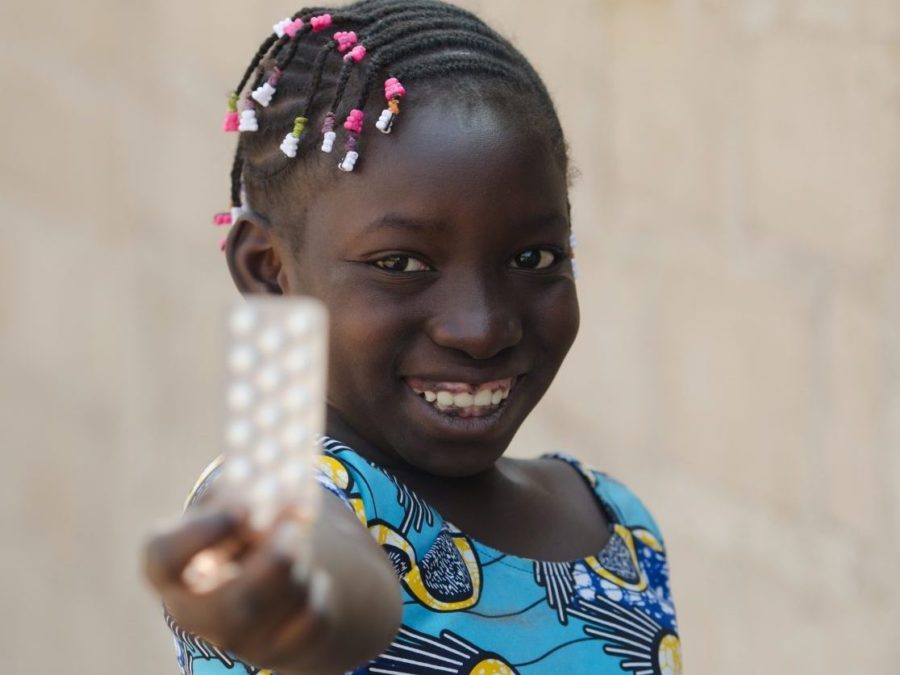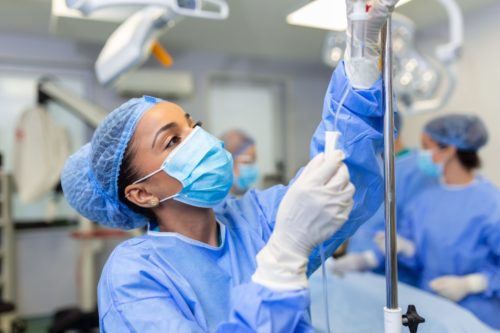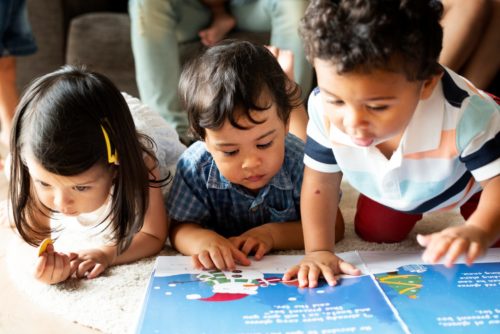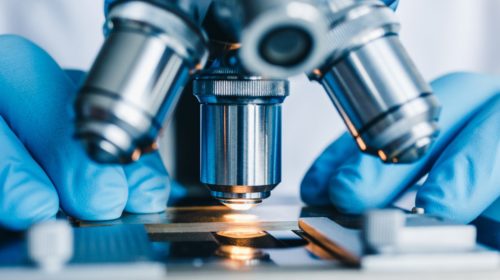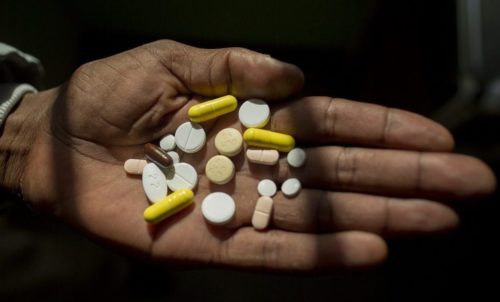What we do
Antibiotic resistance is a perfect storm. The overuse and misuse of antibiotics is accelerating the pace at which bacteria are developing resistance to treatments. Meanwhile, pharmaceutical companies are leaving the market or even going bankrupt, and the remaining companies are not developing sufficiently innovative solutions for difficult-to-treat infections. And even antibiotics that have been developed are not reaching regions of the world that need them most. GARDP seeks to discover and develop antibiotics for the most difficult-to-treat infections and make them accessible to people everywhere.




GARDP Strategy 2024-2028
Our strategy is designed to enable the development and availability of the right antibiotic treatments for those who need them. By focusing on both immediate and long-term solutions to AMR, we aim to create a new global antibiotic pipeline, an ecosystem for antibiotic R&D and access, that is driven by public health need.
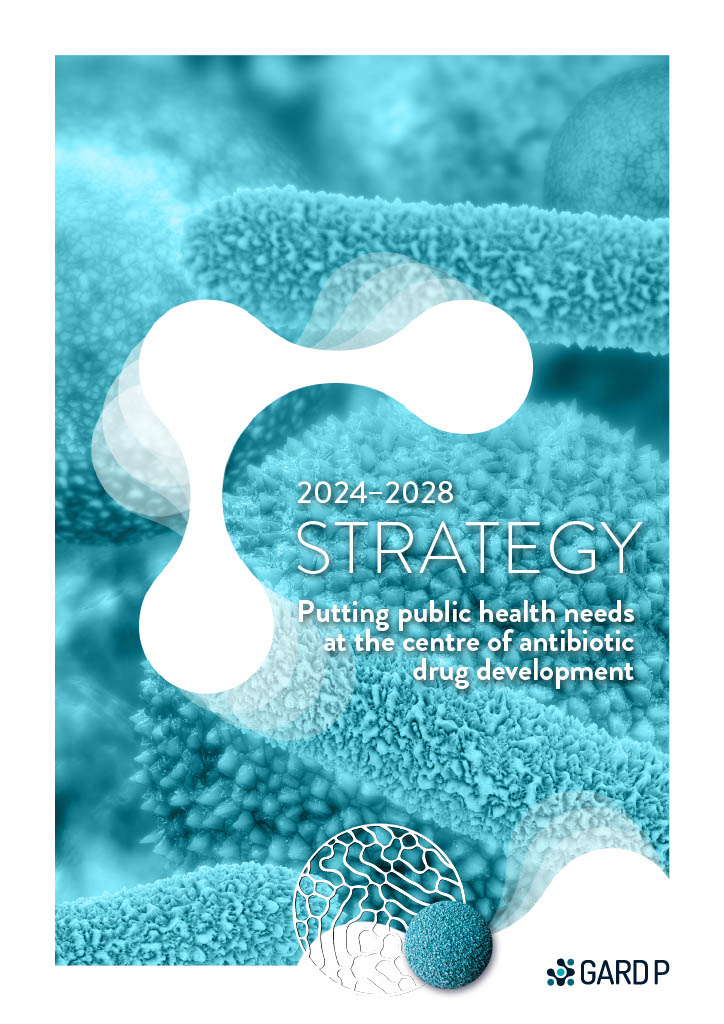


Targeting key disease areas
The 2022 GRAM study gives us important insights into what kind of infections are becoming more difficult to treat. To significantly reduce mortality and morbidity related to drug resistance around the world, GARDP has developed a disease area strategy based on priority diseases and infections; WHO priority pathogens; and regional needs and populations. Based on this strategy, we prioritize treatments for serious bacterial infections and sepsis (including neonatal sepsis) and sexually transmitted infections (with a focus on gonorrhoea).
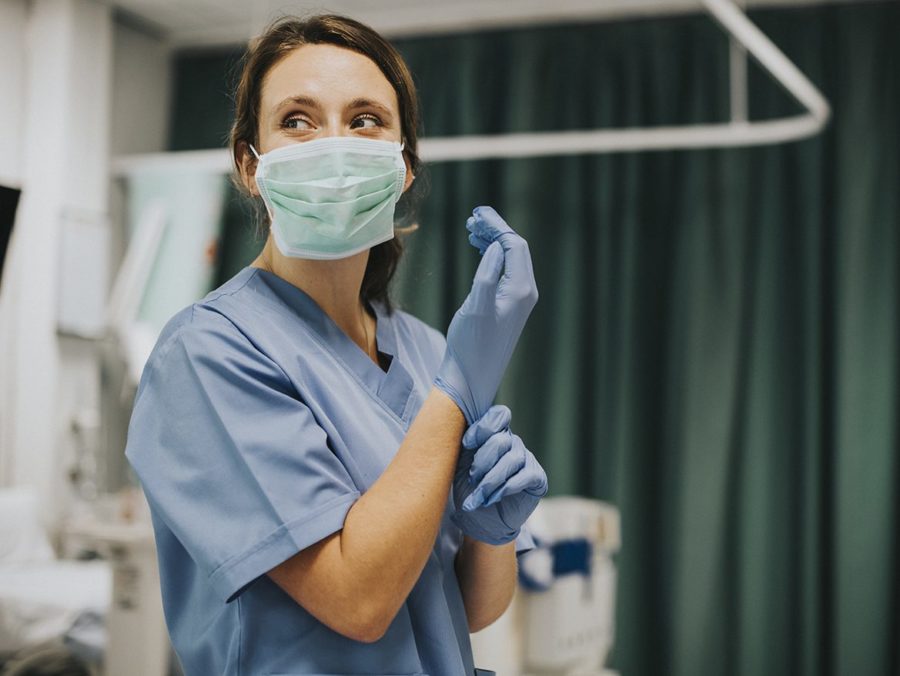


Programmatic areas


GARDP’s impact
GARDP develops treatments for the most harmful and deadly bacteria
A recent study found that just six pathogens—all of which are recognized as priority pathogens in need of new treatments by the World Health Organization (WHO)—are responsible for the majority of the nearly 1.3 million deaths caused by antibiotic resistance each year. GARDP is developing and making accessible new treatments for these pathogens.
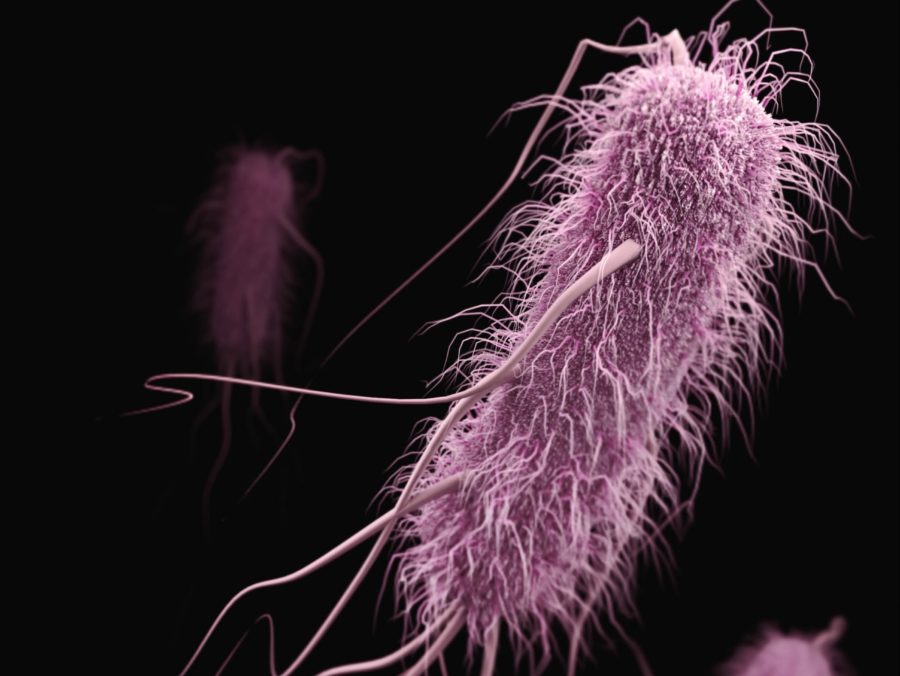
GARDP addresses public health needs
Antibiotic resistance knows no boundaries. Resistance mechanisms are passed on by multiplying bacteria and are spread among neighbouring bacteria. To stop the spread of drug-resistant infections, GARDP is investing in new treatments and expanding access to antibiotics, including SECURE, a collaborative initiative to accelerate access to a portfolio of essential antibiotics in order to help countries prepare for and respond to a pandemic of drug-resistant infections.

GARDP contributes to sustainable development
At the heart of the 2030 Agenda for Sustainable Development are 17 Sustainable Development Goals (SDGs) which aim to create peace and prosperity for all people and the planet. GARDP contributes to SDG 3—ensure healthy lives and promote well-being for all at all ages. Since bacterial resistance can affect anyone anywhere, everyone stands to benefit from effective and accessible treatments.
In addition, GARDP contributes to SDG 5—gender equality and women’s empowerment, and especially to universal access to sexual and reproductive health—via its treatment for gonorrhoea, since women suffer disproportionately from this sexually transmitted infection.
